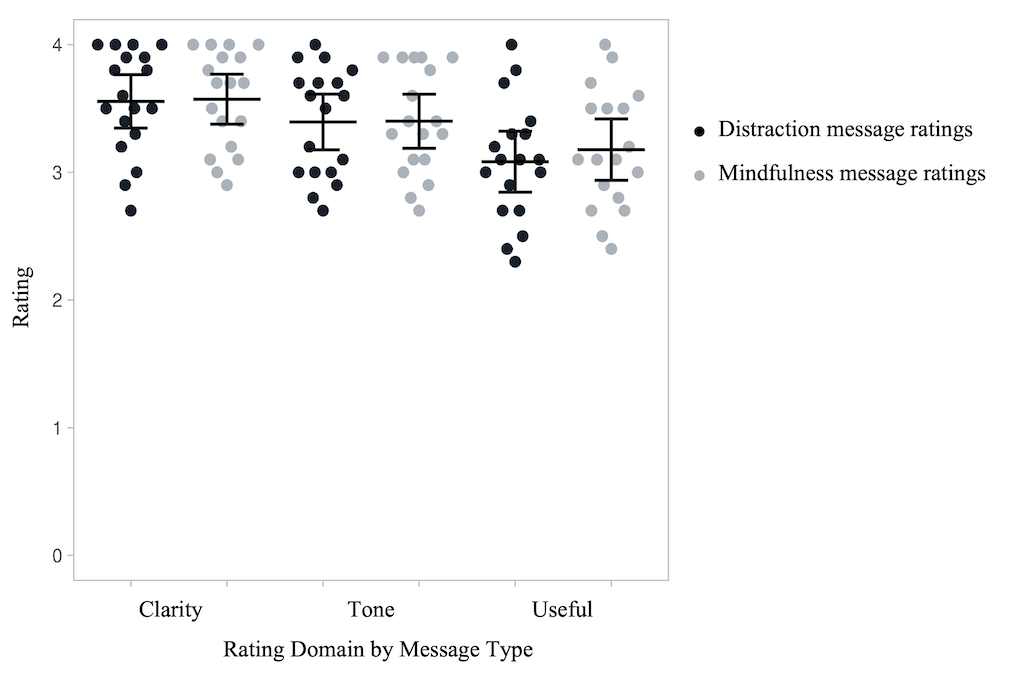
End User Participation in the Development of an Ecological Momentary Intervention to Improve Coping With Cannabis Cravings: Formative Study
Abstract
Cannabis misuse in young adults is a major public health concern. An important predictor of continued use is cannabis craving. Due to the time-varying nature of cravings, brief momentary interventions delivered while cravings are elevated may improve the use of strategies to cope with cravings and reduce cannabis use. The goal of this manuscript is to describe a formative study to develop coping strategy messages for use in a subsequent intervention. Young adults (aged 19-25 years; n=20) who reported using cannabis >10 of the past 30 days recruited via social media participated in this formative study. Participants rated an initial set of 15 mindfulness and 15 distraction coping strategies on a scale from 1 to 4 (very low degree to very high degree) for clarity, usefulness, and tone. They also provided comments about the content. Participants found the initial distraction messages slightly clearer than mindfulness (mean 3.5, SD 0.4 and mean 3.4, SD 0.4, respectively), both were comparable in tone (mean 3.2, SD 0.5 and mean 3.2, SD 0.4, respectively), and mindfulness messages were more useful than distraction (mean 3.0, SD 0.5 and mean 2.8, SD 0.6, respectively). Of the 30 messages, 29 received a rating of very low or low (<2) on any domain by >3 participants or received a comment suggesting a change. We revised all these messages based on this feedback, and the participants rated the revised messages approximately 2 weeks later. Participants earned US $10 for completing the first and US $20 for the second survey. The ratings improved on usefulness (especially the distraction items) with very little change in clarity and tone. The top 10 messages of each coping type (mindfulness and distraction) were identified by overall average rating (collapsed across all 3 dimensions: all rated >3.0). The final items were comparable in clarity (distraction mean 3.6, SD 0.4; mindfulness mean 3.6, SD 0.4), tone (distraction mean 3.4, SD 0.4; mindfulness mean 3.4, SD 0.4), and usefulness (distraction mean 3.1, SD 0.5; mindfulness mean 3.2, SD 0.5). The inclusion of end users in the formative process of developing these messages was valuable and resulted in improvements to the content of the messages. The majority of the messages were changed in some way including the removal of potentially triggering language. These messages were subsequently used in an ecological momentary intervention.